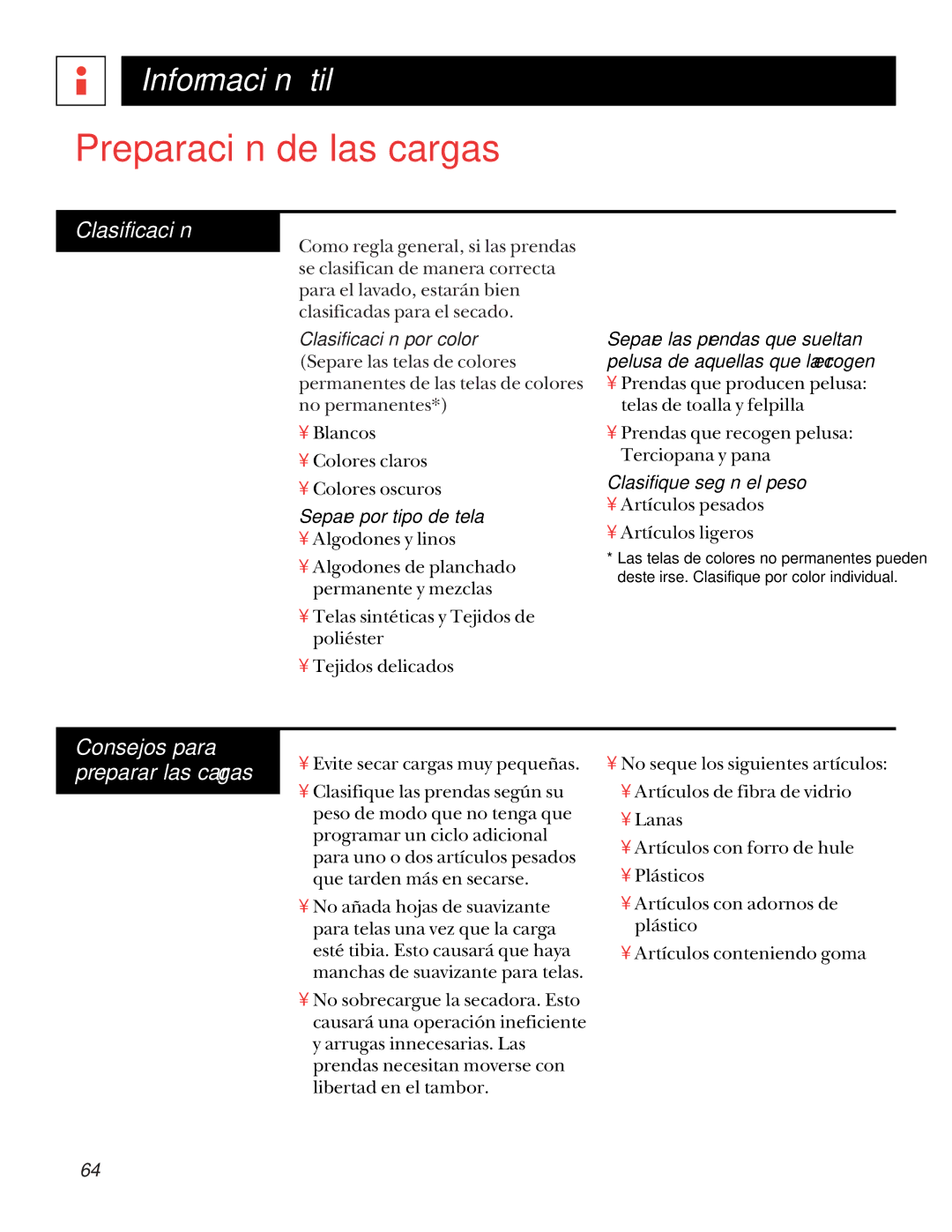UPSQ495ET, UPSQ495GT specifications
The GE UPSQ495GT and UPSQ495ET are advanced uninterruptible power supply (UPS) systems designed to provide reliable power protection for critical applications. These robust systems are built to ensure the continuous operation of sensitive equipment in various industries, including telecommunications, data centers, healthcare, and manufacturing.One of the main features of the GE UPSQ495GT and UPSQ495ET is their high-efficiency design, which allows them to deliver optimal power performance while minimizing energy consumption. The UPS systems boast a high online efficiency rating, which translates into lower operating costs and a reduced environmental footprint. By utilizing advanced technologies, these UPS systems can operate effectively in both double-conversion and eco-mode, offering flexibility for different power protection needs.
Another significant characteristic of these UPS units is their scalability. The UPSQ495 series can be easily expanded to accommodate growing power requirements, making them ideal for businesses anticipating future changes in load demands. By supporting parallel configurations, various units can operate in tandem, thereby enhancing total capacity while ensuring redundancy for critical loads.
The systems are equipped with a user-friendly interface, featuring an LCD display that provides real-time monitoring and status updates. Users can easily track critical metrics such as input and output voltage, battery health, and load levels, which facilitate proactive maintenance and operational visibility.
Moreover, the UPSQ495GT and UPSQ495ET incorporate advanced battery management technology, which optimizes battery performance, prolongs life, and ensures reliable backup during power interruptions. The intelligent battery management system continuously monitors and adjusts charging parameters, helping to minimize battery failure and extend service intervals.
Safety is also a priority in the design of these UPS systems. They include multiple protection features such as overload protection, short-circuit protection, and thermal protection to safeguard the equipment and connected loads.
In summary, the GE UPSQ495GT and UPSQ495ET are engineered to provide high-efficiency, scalable, and user-friendly power protection solutions ideal for critical applications. With their advanced features and technologies, these UPS systems deliver reliability and performance, ensuring that essential operations remain uninterrupted even in the face of power disturbances.

